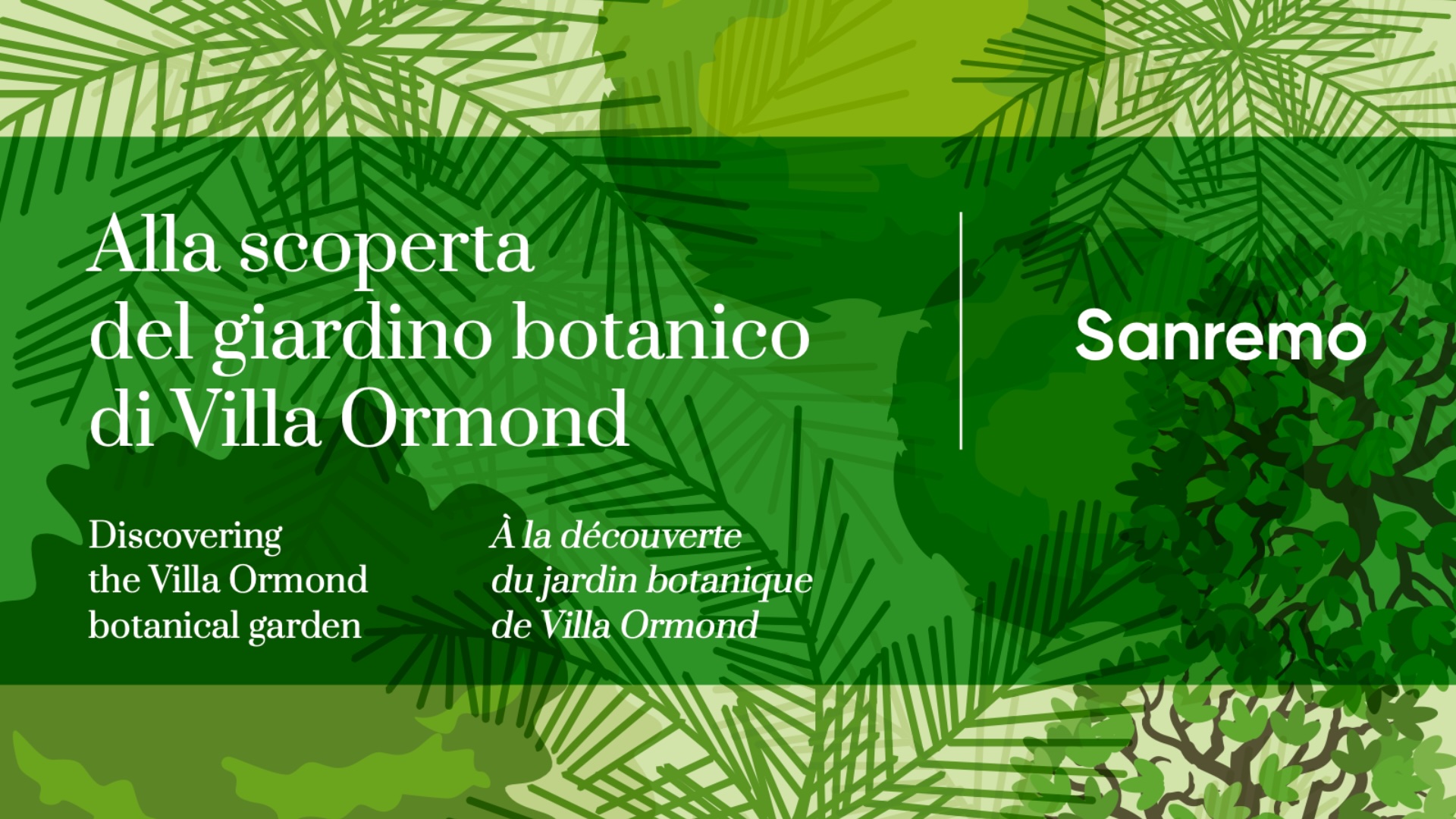Belonging to this large family are 182 genera and about 2,400 species, commonly known as palms, mostly native to tropical and subtropical areas. Linnaeus, struck by their beauty, called them ‘‘Principes plantarum’’. In Italy, only Chamaerops humilis grows indigenously along certain stretches of the southern coasts and the larger islands, while in the Greek islands we find Phoenix theophrasti.
The Arecaceae, despite their fundamentally herbaceous structure, are arboreal monocotyledons with a trunk called a ‘stipe’, which in some species may be missing or very tall, climbing, solitary, caespitose, rarely branched, smooth or covered with the remains of old petioles and leaf sheaths. The leaves, gathered in a crown at the top of the stipe, may be pinnate, bipinnate, palmate or costapalmate and express a wide range of colour shades, varying from deep green to grey-blue.
Arecaceae may be monoecious or dioecious, hermaphroditic, polygamous, in some cases apaxanthous (one large flowering at the end of its life) or pleonanthous (flowering repeatedly throughout its life); inflorescences (contained in spathes) emerge axillary, usually single, occasionally clustered, may be interleaved or infra-foliar, with bisexual, male, female or male sterile flowers, usually small, variously coloured, more or less fragrant. The fruits come in a wide variety of shapes, sizes and colours; many are edible, but in some cases the flesh can be stinging. They are relevant plants for food, medicine and industry, they are also ornamental and widely used in gardens in temperate areas because of their striking exotic appeal. In the gardens of the Italian and French Riviera there are numerous species successfully cultivated, thanks to the mild climate.Archontophoenix cunninghamiana (H. Wendl.) H. Wendl. & Drude
| Etymology | The genus name is a combination of the Greek noun archon = high official, chief, and the Latin name Phoenix = date palm. The specific epithet honors English botanist and explorer Alan Cunningham, superintendent of Kew Gardens. |
| Common name | Australian royal palm |
| Origin | Eastern Australia |
| Description | A beautiful palm with a solitary, grey, smooth stipe, slightly swollen at the base and marked by the regular annular scars left by old, fallen leaves; these are pinnate, up to 3 metres long, slightly curved, with large, slightly drooping pinnules, dark green on both upper and lower page. The petiole is short, unarmed, and the enveloping sheath is covered with a reddish-brown woolly bloom. Monoecious palm, with conspicuous, branched, interleaved, highly ornamental spring inflorescences with small, numerous flowers of a delicate lilac-purple colour. After pollination and fertilisation, they produce bright red, ovoid fruits containing a single stone. Flowering takes place in spring-summer. It grows naturally in wetlands, on the banks of streams and in rainforests, where its roots effectively contain erosive phenomena. Palms are very resistant to hurricanes, and aboriginal people extract pith from the apical shoot and obtain food from it. The plants grown in the Villa Ormond garden come from the municipal nursery and were obtained from seeds donated by the La Concepción Botanical Garden in Malaga, in 2007. |

